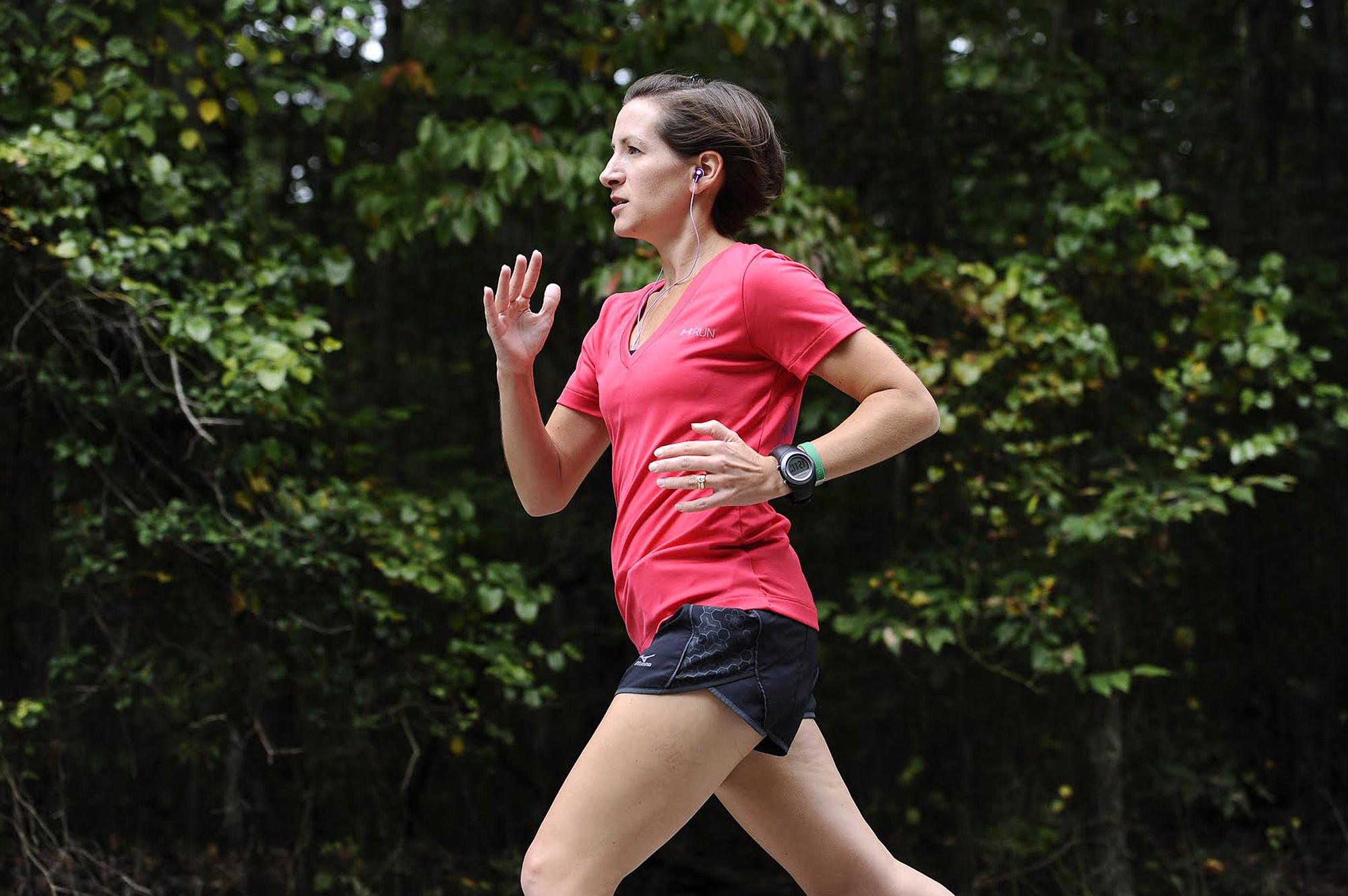BALTIMORE — When Beth Stewart was 36 years old, she felt a pebble-sized lump in her breast.
The Odenton mother of two was healthy and active and had no immediate family history of disease or common gene mutations — but she had advanced and aggressive breast cancer.
“I said to my oncologist, ‘Why?’ He looked at me and said, ‘I hate to say this, but it’s bad luck. We don’t know why this happens to people like you.’ But it happened and it was a really hard thing to go through.”
Doctors don’t know why many women get breast cancer, the most commonly diagnosed cancer after skin cancer, according to the U.S. Centers for Disease Control and Prevention. Nearly 233,000 people are expected to be diagnosed with the disease this year, and 40,000 are expected to die from it.
One in eight women will be diagnosed in her lifetime.
“The biggest risk factor is just having breasts,” said Dr. Regina Hampton, a breast cancer surgeon and medical director at the Comprehensive Breast Care Center at Doctors Community Hospital in Lanham, Md.
Doctors are learning more about risk factors. CDC and other federal health data shows family history accounts for about 15 percent of cases, and mutations in the BRCA genes are responsible for up to 10 percent. In about two-thirds of cases, the women are 55 or older. Fewer than 5 percent are younger than 40, like Stewart.
Other smaller risk factors include early periods or later childbearing or menopause. Women taking hormone replacement therapy after menopause were linked to higher rates of cancer, so there has been a decline in that treatment.
But Hampton said advances in diagnosis, such as 3-D imaging, and treatments that target specific kinds of cancer mean the death rate has been declining for decades.
Less invasive surgeries and better reconstructive technique immediately after cancer surgery also enable women to retain or regain their physical appearance, she said.
And there are new tests in the works, including one that checks for many gene mutations that raise a woman’s risk of cancer. That will allow doctors to closely monitor those with the mutations, Hampton said.
Self-exams pushed
Some women avoid doctors, especially in immigrant, Latino and African-American communities, apparently because of common beliefs such as breast cancer is always fatal or surgery can expose tumors to air and cause them to spread, Hampton said.
The delays in treatment have contributed to a disparity that Hampton has been working to close through her private practice called Signature Breast Care. White women are more likely to be diagnosed with breast cancer, but black women are more likely to die from it. Black women also are more likely to have so-called triple-negative cancer that doesn’t respond to the latest medications.
“You need to do your self-exams. You need to get mammograms on schedule. If you have a lump you need to be evaluated,” she said. “You can survive the disease. We treat it so well now.”
Tami Shaw, a 32-year-old African-American mother of three, was one of Hampton’s patients who got the message. She had been doing her self-exams regularly since she was 18, when her grandmother was diagnosed with breast cancer.
When she found a pebblelike lump, she headed to her doctor. When breast cancer was confirmed, at Stage 2 and confined to her breast, she sought information on her options. She opted for a bilateral mastectomy, though research shows no greater survival rates.
She acknowledged it was a radical decision influenced by her age. Shaw was diagnosed once and feared a second, unrelated tumor.
Now cancer free after surgery, she said she felt lucky to be surrounded by her mother, siblings, children and church family, though she separated from her husband after the diagnosis. Shaw now feels driven to espouse the benefits of early detection.
“I became passionate about telling women to do self-exams,” she said. “Go to the doctor and get checked out. Don’t assume this and that, and don’t wait until it spreads.”
It’s difficult to prepare for the diagnosis in advance.
Shock is normal, said Dr. Diana Griffiths, medical director of Saint Agnes’ Breast Center in Baltimore. Even though many women know someone with the disease or hear about celebrities’ cases, “There is always an element of surprise. It’s out there but people think it’s not going to be me.”
Griffiths worries that fear of bad news puts off many women from getting mammograms, though she agrees that treatments are so good that most women have multiple options and good outcomes. Griffith said the Saint Agnes center makes sure women are able to make informed choices.
“Most women end up being pretty rational and want to fight things,” she said. “I’m forever amazed by the courage and clarity of what women want to do.”
She also said most continue to work, care for their families and, while they didn’t want cancer, many even discovered different meanings to their lives.
Stewart, who manages a software engineering team for the federal government, said her family became more of a focus. And so did running.
She just had gotten back into the sport when she was diagnosed. She used it to exorcise her anger at having the disease, to make her feel better in between chemotherapy treatments and to focus her attention on something positive.



